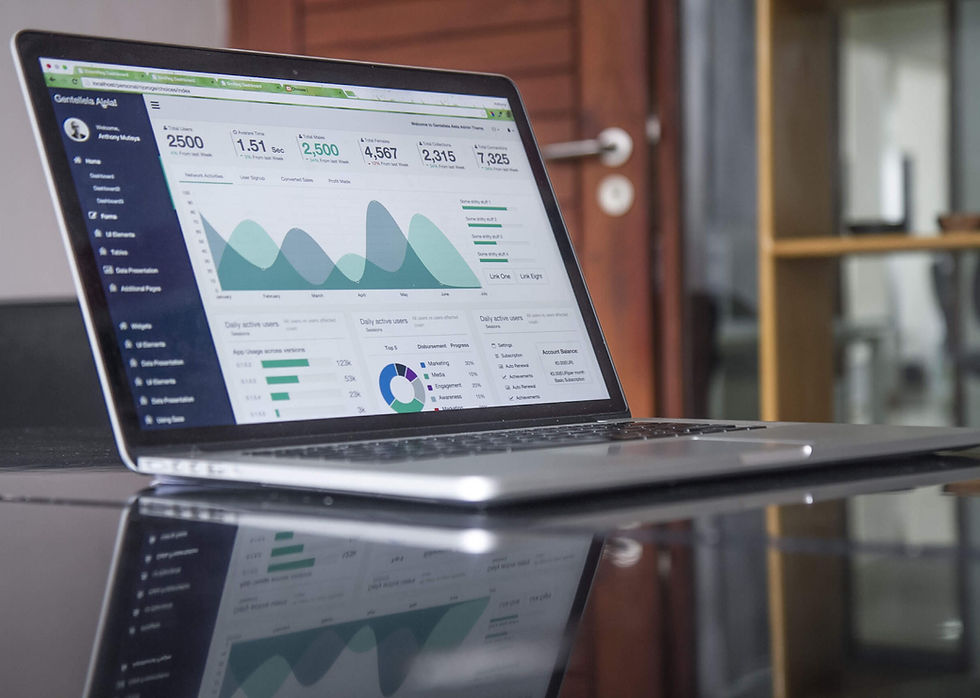How do you collect educational big data?
- Emily Chen
- Feb 8, 2021
- 2 min read
Updated: Feb 14, 2021
Many companies are collecting data in attempts to leverage what they can learn about their customers to apply product development improvement, and business process improvement. For schools, universities, and other educational entities, they hold large amounts of student data which can be very useful when collected and analyzed. Variables such as student profile information, student learning behavior, exam results, and more, can be collected and processed, and the big data can allow educators to change their classroom in exciting ways.

Below are some ways that educators can collect data:
Student Information System (SIS)
A Student Information System (SIS) is a management information system that allows institutions to store and manage student data. Student information systems provide capabilities for registering students in courses; documenting grading, transcripts of academic achievement and co-curricular activities, and the results of student assessment scores; forming student schedules; tracking student attendance; and managing other student-related data needs in an educational institution (Student Information System - Wikipedia, n.d.). When using SIS, student profile information such as demographics, and academic background can be easily tracked and stored.
Some example SIS include (you can click on the link to go to their official website if you are interested in learning more about them):
Learning Management System (LMS)
A learning management system (LMS) is a software application for the administration, documentation, tracking, reporting, automation and delivery of educational courses, training programs, or learning and development programs. An LMS delivers and manages all types of content, including video, courses, and documents. In the education and higher education markets. When students use LMS, their academic records can be collected. They include course enrollment information and final grades. Learning patterns such as login time and frequencies are also logged.
Some example LMS include (you can click into them to see more information about each one):
Totara Learn
Learning Activities
There’s a large amount of data generated from learning activities of students, including test scores, homework completion rate, classroom performance, and learning time spent, etc. These data can be used to assess academic status of students, find potential problems, and even predict the future performance of students (Li & Zhai, 2018).
Curriculum Contents
Information on the curriculum itself can be collected so that data can be analyzed and correlations can be found between data and patterns can be detected. It’s important to know from an objective view the contents of the course. For example, what kind and how much multimedia is used, what kind and how much textbook content students have to read, how many assignments and evaluations are included in the course...etc.
Watch this video on how big companies are leveraging big data to improve classroom engagement and make learning more effective.



Comments